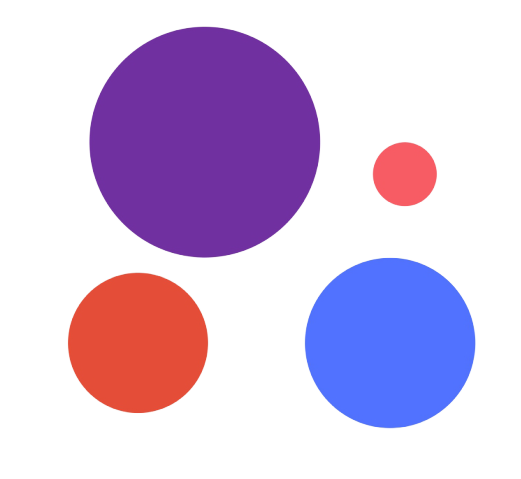Since “World Autism Day- 2nd April” is a few weeks away, it is good to once again refresh our knowledge about autism. Some basic details shall be discussed in this article. This article can be useful to those who have very little knowledge of autism and its diagnosis.
The disorder name was changed from Autism to Autism Spectrum Disorder in May 2013, when all disorders under autism were merged into one umbrella diagnosis ASD. Autism Spectrum Disorder is a complex brain condition that affects communication, behaviour and social development of a child. The prevalence of ASD is high and on the increase. Moreover, in terms of treatment, it can be complex and expensive for some parents of children with ASD.
Three main domains of deficits observed in people with ASD are verbal and non-verbal communication, social behaviour and repetitive, idiosyncratic behaviour. The diagnosis, underlined by DSM 5, requires symptoms to be present before the age of three and no other condition that might be mistaken for symptoms of autism. Another diagnosis by DSM called Social Communication Disorder (DSM), which much more into research now, shows symptoms of disabilities in social communication as well. Although, unlike ASD, SCD is specific to social communication deficits without repetitive, idiosyncratic behaviour. Therefore, it is sometimes critical to evaluate differential diagnosis in order to seek right treatment.
Lets understand some symptoms of autism a bit more closely. Social-emotional reciprocity, which is responding to other’s social action, is weak among many children with ASD. They are sometimes not as perspective of social cues and emotions as other people are. Moreover, this deficit can cause more difficulties in developing and maintaining social relations. Another common symptom of autism is repetitive behaviour. It is important to note that there is a diversity of repetitive behaviour. There can be repetitive and fixated behaviour observed in specific actions, routines, places, interests of the child and more. Also, children with autism can be either hypoactive or hyperactive to certain sensory stimuli in the surroundings. Fine and gross motor skills are also affected in many children with autism. In terms of cognitive functioning, not all children with autism are slow learners or have a learning disability. But it is more prevalent that children with autism have learning disabilities.
It is commonly recommended by specialists and other parents that it is important to get a diagnosis and treatment at the earliest possible. Symptoms of ASD can start showing from an early age of two. A diagnosis can be obtained from a psychiatrist, child psychiatrist, developmental pediatrician, pediatrician, pediatric neurologist, neurologist, clinical psychologist or child psychologists. Also in many cases, a multi-disciplinary team of experts evaluates the child’s condition and plan an intervention accordingly.
Early intervention can support and promote child’s social behaviour, communication and improve cognitive development. There are various interventions that target speech and communication, behaviour modification and learning skills. Interventions such sensory integration therapy, applied behaviour analysis, picture exchange communication system, play therapy and occupational therapy are used more commonly.
There many child development centres that are providing such interventions for Autism. The details of these interventions can be found on the MHT Directory page.
Source:
www.autismspeaks.org


